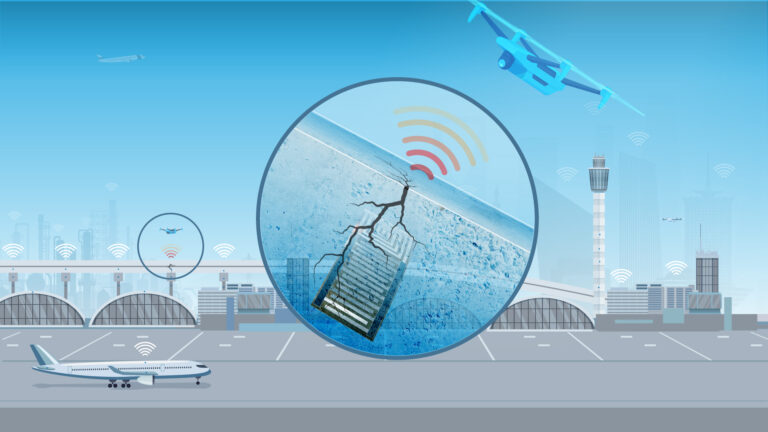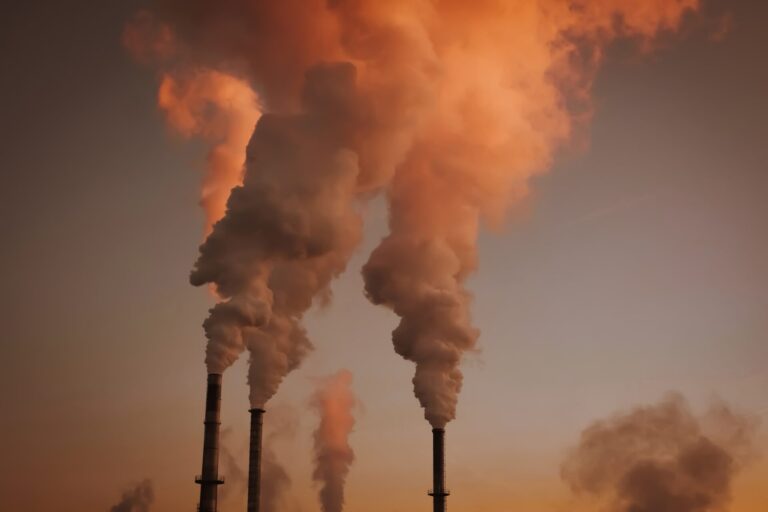Mechanical Engineering
How drain flies dodge a washout
Shower spray is like water off a duck’s back to bathroom flies.

KAUST researchers have discovered how drain flies manage to avoid being washed away. © reproduced from Speirs et al. 2020 /en/article/1072/how-drain-flies-dodge-a-washout
KAUST researchers have discovered how drain flies manage to avoid being washed away. © reproduced from Speirs et al. 2020 /en/article/1072/how-drain-flies-dodge-a-washout
The survival of pesky little flies in showers and other wet areas around the house, impervious to water droplets that may be larger than they are, comes down to more than quick reflexes. The insects have evolved a unique coating of hairs that allows them to shrug off water droplets of almost any size, KAUST researchers have shown.
Sigurdur Thoroddsen, who leads the high-speed fluids imaging laboratory at KAUST, couldn’t help but take a professional interest in the small drain flies that made a home in his shower and never seemed to wash away. Thoroddsen’s research focuses on multiphase flow and dynamics at air-liquid interfaces — an environment where drain flies have found a niche, despite some risky physics.
Insects are so small that the surface tension of water exceeds the force they can exert by strength or bodyweight, potentially trapping them on contact. Thoroddsen mentioned the drain flies to Nathan Speirs, a postdoc in his team. “I found them in my kitchen sink and noticed that he was right: it is really hard to wash them down the drain,” Speirs says. “So I caught some and brought them to work.”
“The geometry of the drain flies’ hair covering has not been seen before,”
“Initially, I was interested in the flies’ reaction times,” Thoroddsen says. Teaming up with KAUST biologist Gauri Mahadik, Thoroddsen and Speirs used high-speed video to watch the flies in action and soon saw that rapid reactions were not the flies’ main adaptation. Even when the flies were directly impacted by large droplets, the water would simply roll off, they observed. Fine mists were equally easily shed. The drain flies’ main adaptation is a specialized coating of hair, the researchers realized. “The geometry of the drain flies’ hair covering has not been seen before,” Speirs says.
The drain fly’s body is covered with hairs of various sizes. An outer layer of large ridged hairs covers the wings. Nanoscale grooves decorate each ridge and valley, and the ridges are topped with conical barbs angled toward the hair tip. This nanoscale roughness gives the wing surface superhydrophobicity, minimizing contact between water and wing so that the droplet remains a near-perfect sphere that quickly rolls off the insect.
The hair layers also collect finer droplets and condensation, corralling the water into larger droplets that are easily shed when the inset takes flight. “The flies are adapted to handle many different types of water threat,” Speirs says, “which makes them just as at home in the shower as in native habitats such as wet woodland patches.”
References
- Speirs, N.B., Mahadik, G.A. & Thoroddsen, S.T. How drain flies manage to almost never get washed away. Scientific Reports 10, 17829 (2020).| article
You might also like

Mechanical Engineering
Innovative strain sensor design enables extreme sensitivity

Mechanical Engineering
Turbulent flow shows surprise patterns that could help boost efficiency

Mechanical Engineering
Machine learning model identifies gas molecules

Mechanical Engineering
Making a splash: unraveling the impact of large water droplets

Mechanical Engineering
Sour gas has sweet potential for hydrogen production

Mechanical Engineering
Dancing droplets’ new spin on water harvesting

Mechanical Engineering
Underwater air pockets smooth out the bumps

Chemistry




